An induction electricity meter with an electromechanical energy meter is still a reliable device installed in residential premises. Users are attracted by its reliability, ease of maintenance, long service life and low cost.
Induction meter design
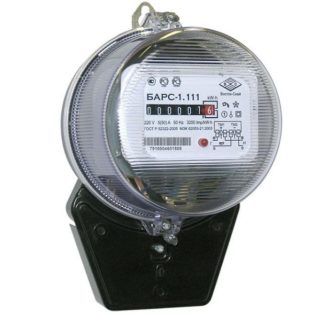
The main components of an induction meter are voltage and electric current electromagnets. When they interact, together with the magnetic cores entering them, an electromagnetic field appears. Through the transfer device, the field acts on the aluminum disc of rotation.
The current electromagnet experiences heavy loads during operation, therefore its winding is made of wire of large cross-section. The number of turns does not exceed thirty. The wire is evenly wound on two magnets, which are connected in series to the network by means of clamps.
The voltage coil is connected in parallel to the mains and creates an electromagnetic field that is directly proportional to the effective voltage. The coil winding is made of thin wire with a section of 0.1 ... 0.15 mm². The number of turns can be up to 12000, which makes it possible to create an inductive reactance greater than the active one. Such a device allows to reduce the power consumption during the operation of the meter.
All components of a mechanical single-phase electricity meter are housed in a plastic case. Electricity consumption data for the current period is displayed on a digital drum. The intensity of energy consumption can be determined by the magnitude of the rotational speed of the disk.
How an induction meter works
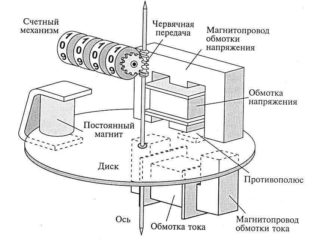
The aluminum disk of an induction electric energy meter is a movable conductive element, which is influenced by an electromagnetic field generated in the meter coils. As a result of their action, a magnetic field arises, alternating in direction and acting on the disk, in which eddy currents are created that coincide in direction with the magnetic fluxes.
Interaction occurs between eddy currents and magnetic fluxes, which creates a torque that changes in magnitude and drives the aluminum disc into rotation. A relationship is created between the torque and the total magnetic flux from the two coils of current and voltage, taking into account a phase shift of 90º and feedback. To obtain a phase shift, the magnetic flux of the voltage electromagnet is decomposed into two parts.
Under the influence of torque, the disk rotates with a frequency depending on the amount of incoming energy. The axis of the disk is connected to the digital drum counting device, which reflects the actual amount of energy consumed.
Pros and cons of devices
The old-style disk electric meter has several advantages over new electronic meter models that are actively being introduced into residential buildings:
- have a high degree of reliability;
- simple design and principle of operation;
- the cost of an old-style electric meter is lower than an electronic one;
- are indifferent to possible voltage drops in the electrical network;
- have a long service life.
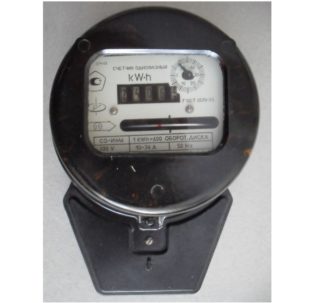
At the same time, electromechanical meters have a number of disadvantages, which include:
- Low accuracy class for metering electrical energy, especially at low loads.
- Only one tariff is used to pay for electricity, while most electricity companies provide different prices for electricity during the day and night.
- The ability to stop the rotation of the disk, and even rewind the indicators, which can be used by unscrupulous users. Stopping the disc is also possible in the event of a breakdown.
All the disadvantages inherent in induction products are known to manufacturers. They are constantly working to modernize and improve the quality of their products, increasing the accuracy class and service life. However, the design features do not allow to fully embody all these useful necessary conditions in the device. Therefore, induction devices are being replaced by more advanced, electronic ones.
Do I need to change the counters to new ones
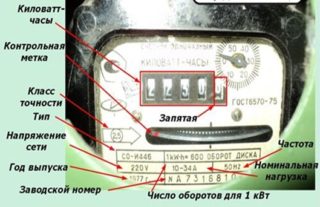
If you have an old induction meter installed, do not rush to replace it with a new one. It is quite possible that it will serve for a long time, until the end of the service life specified in the passport, which is almost 20 years. However, in some cases, they may be forced to make a replacement and you will be required to purchase a new meter.
Electricity meters must be replaced in such cases:
- Work is underway on the planned renewal of the electrical network with the replacement of all meters.
- The counter is defective.
- The service life of the device has ended according to the data sheet.
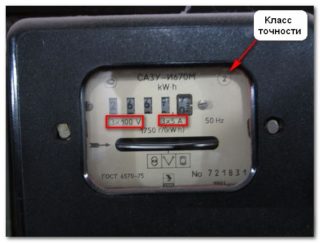
By law, the user does not have to install an electronic meter when replacing. If it is convenient for him, he can supply any induction electricity meter, the main thing is that the measurement accuracy meets the requirements of the law: the accuracy class must be 2.0 and higher.
The owner bears the cost of purchasing and installing the meter, unless a scheduled replacement is made. In some cases, the ownership rights to the device require clarification:
- When the meter is installed in an apartment, homeowners are required to monitor the technical condition of the device, take readings and replace if necessary. All expenses are borne by the tenants of the apartment.
- When an old-style electric meter is installed in a common corridor and is used by several apartments, the device is the common property of all owners. The cost of replacing it will be borne by all parties. If this is provided for by an agreement with a service company, the company itself changes the meter at the expense of the collected funds.
- When the meter is owned by a licensed energy company, the replacement is at its expense.
If there is no compelling reason to change the electricity meter, the requirements of the inspection authorities for replacement are not legal. In this case, the meter must be in good working order, not expired.
Tariff accounting system
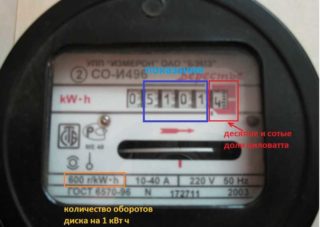
The most significant drawback is the inability to use multiple tariffs to pay for electricity. Therefore, the need to change the old electricity meter to a new one depends on how the energy consumption changes during the day. If there is a significant consumption at night, it makes sense to switch to a more modern electronic metering device. True, in this case, the costs of purchasing and installing a new electronic meter should be taken into account.
Taking readings
Electromechanical meters are equipped with a digital drum, which displays the power consumption in kilowatts. These data can be handed over to the settlement service or you can make calculations yourself.
Depending on the model, 5 or 7 digits appear on the drum display, the latter separated from the rest by a comma and highlighted in color. When accounting, it is not necessary to count tenths and hundredths of kilowatts - only whole numbers. The resulting consumption of kilowatts per month is multiplied by the cost of 1 kilowatt and the amount that must be paid for electricity is obtained.









The counter must be replaced:
if it does not correspond to the accuracy class (currently, for domestic consumption, the accuracy class should be 2.0.
the verification period has expired (it is cheaper to buy a new one than to give it for verification)
Induction meters do not have the ability to apply multi-tariff metering (at least "day-night")
While your inductor is taken into account, the start current and other nonsense (Charging, Clock) plugged into an outlet in online mode does not take into account. As soon as you changed the counter to electronic, everything from the hole is taken into account.
That's right, everything converges electronic-mechanical and electronic active energy is considered a reagent. Which voluntarily and compulsorily fell on the shoulders of the citizens of the owners.